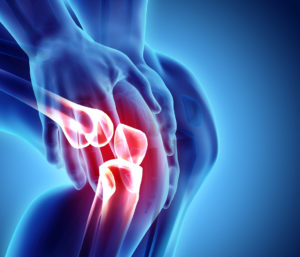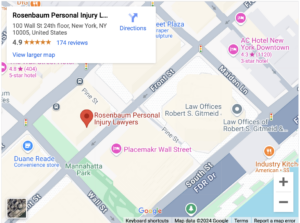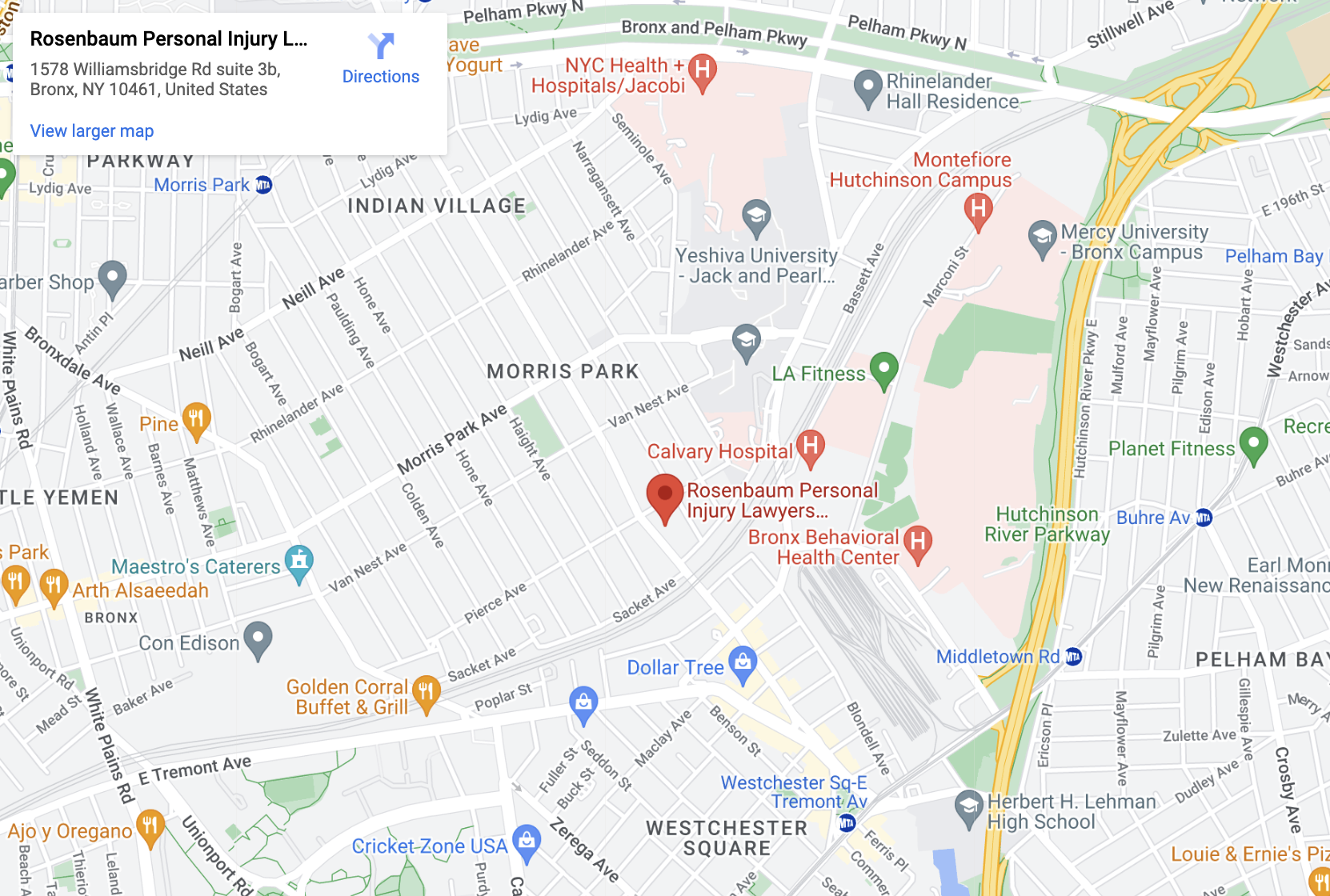Knee Injury

You have probably heard of an athlete tearing a knee ligament. But knee injuries are just as likely to happen from accidents and overuse as they are on the field or courts.
Knee injuries can have a long-term impact on your life. After a knee injury, you might lose flexibility and strength in the joint. You might even develop chronic knee pain and arthritis.
So how does a knee injury happen? What kinds of compensation can you seek afterward? Here is a guide to everything you need to know.
Table of Contents
What is the Structure of the Knee?
Your knee brings together four bones — the femur, tibia, fibula, and patella. The femur runs from your knee to your hip. You might know it as your thighbone.
Your fibula and tibia run from your knee to your ankle. You might know these as your lower leg bones or shin bones.
The patella sits over your knee. It is commonly referred to as your kneecap.
Your knee provides flexibility, strength, and stability for the meeting point of these bones. The strength and stability come from four major ligaments in your knee. These ligaments hold the bones together.
The major ligaments include:
- Anterior cruciate ligament (ACL)
- Medial collateral ligament (MCL)
- Posterior cruciate ligament (PCL)
- Lateral collateral ligament (LCL)
- Patellar ligament (also referred to as the patellar tendon)
Your knee also brings together three major muscle groups in your thigh, hamstring, and calf. These muscles connect to the bones of your knee through tendons.
Inside your knee, you have several cartilage structures. The articular cartilage lines the end of the femur. The meniscus sits on top of the tibia. Cartilage provides shock absorption in your knee. It also allows the femur and tibia to move smoothly against one another.
How Do Knee Injuries Happen?
There are many different kinds of knee injuries. These injuries mainly involve damage to the structures of the knee, including:
Knee Sprains
A knee sprain happens when a ligament gets stretched or torn from motion or overuse. Stress on your knee from walking, running, or lifting can cause small tears to form in the ligaments.
If you rest, your body will repair these tears. But if you perform these actions repeatedly without rest, the tears can propagate. These kinds of knee injuries often happen in the workplace.
Trauma can also cause knee sprains. A force on the knee can tear the ligament. Hyperextending the knee can also stretch or tear the ligament. For example, the impact of a car during a pedestrian accident can hyperextend your knee and tear the ligaments.
Symptoms of a knee sprain include:
- Pain
- Instability of the knee
- Swelling
- Bruising
Mild sprains will heal on their own over a few weeks to a few months.
Severe sprains may require surgical repair. Doctors may immobilize your knee in a cast or brace after surgery. After you recover, you may need physical therapy to strengthen your knee and the surrounding muscles.
Knee Strains
Knee strains happen when leg muscles or the tendons attaching the leg muscles to the knee get stretched or torn. Like sprains, strains can happen from overuse or trauma.
Symptoms of a knee strain include:
- Pain
- Swelling
- Muscle spasms
- Muscle weakness
Mild strains will heal in a few weeks to a few months with home care. Strains very rarely require surgery.
Torn Cartilage
Overuse and trauma can tear cartilage. Knee cartilage has a soft texture and can tear when you hyperextend or hit your knee. One common cartilage injury happens when the meniscus that sits on top of the tibia develops a tear.
Symptoms of torn knee cartilage include:
- Pain
- Inflammation
- Limited range of motion
- Popping sound at the time of the injury
- Grinding or clicking sensation as you move your knee
- Catching in your knee as you bend or extend it
Doctors now know that cartilage can heal. But the process takes a long time. For a minor cartilage tear, your knee might heal over a few months with rest and anti-inflammatory medicine. After it heals, the injury could increase your risk of arthritis since the replacement cartilage usually lacks the flexibility of the original cartilage.
Doctors have a few surgical options for a severe cartilage tear. They can remove any loose fragments of cartilage from the knee. They can also replace the knee with an artificial joint.
Patellar Tendinitis
The patellar ligament can become irritated and inflamed due to overuse. Some symptoms of patellar tendinitis include:
- Knee pain when flexing and extending the leg
- Swelling
Patellar tendinitis usually heals with rest and anti-inflammatory medication.
A Fractured Knee
A fractured knee usually refers to a fractured patella. The patella can fracture when hit by a powerful force. For example, hitting your knee on the pavement during a bicycle accident can shatter your kneecap.
When you fracture your patella, you will experience intense knee pain. Your kneecap may look deformed or loose.
Doctors can treat a fractured patella by repairing the kneecap with screws and plates and immobilizing your leg until it heals. In severe cases, doctors may remove some or all of the patella.
What Compensation Can I Seek for a Knee Injury?
After a knee injury, the compensation you can seek after a knee injury will depend on how you sustained your injury.
Workers in New York are often limited to workers’ compensation benefits for knee injuries suffered at work. Keep in mind that workers’ comp can cover repetitive stress injuries, as well as traumatic injuries.
If you injure your knee in a car accident, New York’s no-fault auto insurance system limits when you can sue the at-fault driver for compensation. Fortunately, the no-fault system has several exceptions that might apply to a knee injury.
In other cases, you will not have any limitations on your right to sue the person who caused your injury. You only need to prove that the person acted negligently or intentionally caused your knee injury and that you suffered damages as a result.
A knee injury can cause chronic pain and limit your mobility. This, in turn, can interfere with your ability to make a living. As a result, your knee injury could support a substantial claim for damages.
Contact a New York City Personal Injury Lawyer for Help
Contact Rosenbaum Personal Injury Lawyers to schedule a free consultation to learn about the compensation you can seek for your knee injury. Our New York City personal injury lawyers will help you explore all of your options.
Visit Our Law Office In New York City, NY
Rosenbaum Personal Injury Lawyers
100 Wall St 24th Floor, New York, NY 10005
(212) 514-5007



